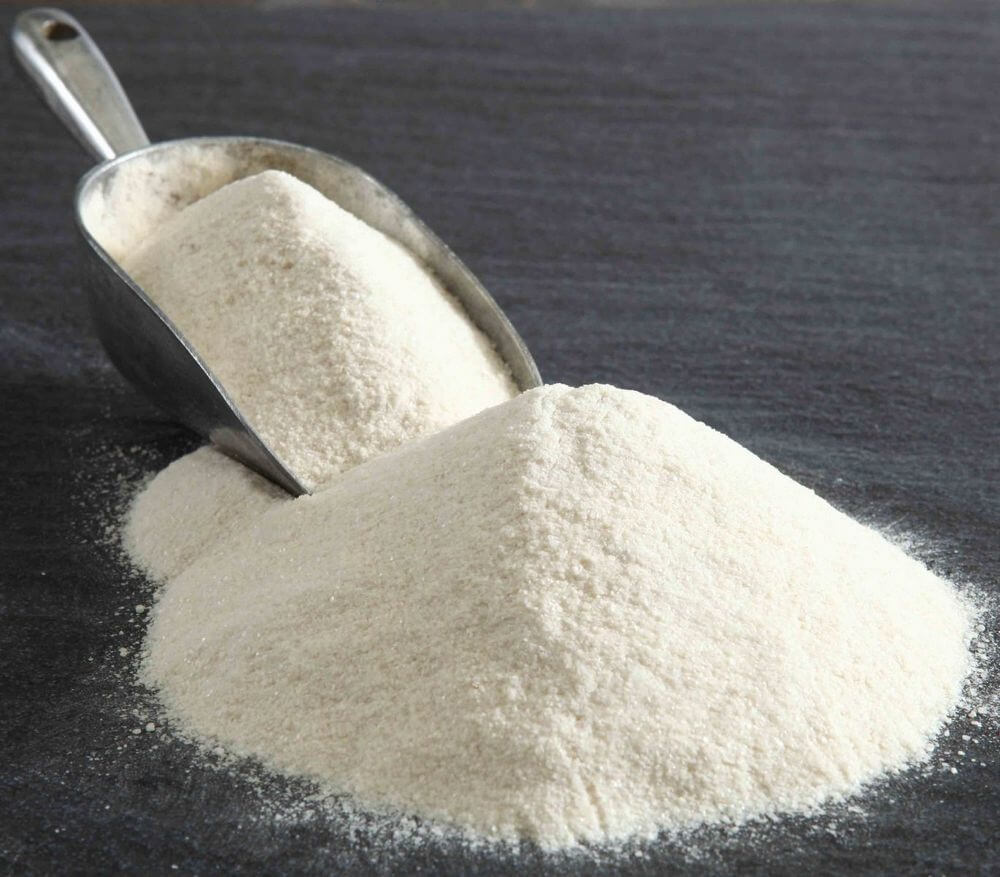Introduction
Methionine is an essential amino acid vital for many biochemical processes in the human body. While DL-Methionine and L-Methionine are forms of methionine, they differ significantly in their chemical structure, uses, and impacts on health. This article provides an in-depth comparison of these two forms, exploring their properties, functions, sources, and implications for health.
Understanding Methionine
What is Methionine?
Methionine is an amino acid crucial for protein synthesis, methylation processes, and various metabolic functions. As an essential amino acid, it must be obtained through diet since the body cannot synthesize it.
Chemical Structure and Forms
- L-Methionine: The natural, biologically active form of methionine found in proteins and used directly by the body.
- DL-Methionine: A synthetic form that is a racemic mixture of L-methionine and D-Methionine (the mirror-image form). The “D” form is not used by the body and is considered inactive.
L-Methionine
Chemical Structure and Properties
L-methionine has a specific structure with an amino group, a carboxyl group, and a side chain containing a sulfur atom. It is a neutral, non-polar amino acid that is hydrophobic.
Biological Functions
- Protein Synthesis: L-methionine is essential for initiating protein synthesis and plays a role in forming new proteins.
- Methylation: It is a crucial donor of methyl groups in methylation reactions, influencing gene expression, neurotransmitter synthesis, and detoxification processes.
- Antioxidant Activity: Methionine contributes to the production of cysteine, a precursor to the antioxidant glutathione, which helps protect cells from oxidative damage.
Dietary Sources
L-methionine is found in a variety of animal and plant-based foods, including:
- Meat and poultry
- Fish
- Dairy products
- Eggs
- Nuts and seeds
- Legumes
Recommended Intake and Deficiency
The recommended daily intake of L-methionine varies by age and health status. Deficiency can lead to symptoms such as poor growth, liver dysfunction, and fatigue.
DL-Methionine
Chemical Structure and Properties
DL-methionine is a synthetic compound with an equal mixture of L-methionine and D-methionine. While L-methionine is biologically active, D-methionine does not have a known biological role.
Biological Functions
- Supplemental Uses: DL-Methionine is often used in dietary supplements and animal feed due to its availability and lower cost.
- Detoxification: DL-Methionine can contribute to detoxification processes like L-Methionine, though its effectiveness is primarily attributed to the L-Methionine component.
Applications and Uses
- Animal Feed: DL-Methionine is commonly used in animal feed to ensure adequate methionine levels in livestock and poultry.
- Dietary Supplements: It is used in supplements as a source of methionine, though the efficacy and benefits are mainly due to the L-methionine content.
Safety and Side Effects
DL-Methionine is generally considered safe when used appropriately, but excessive intake can lead to potential side effects such as gastrointestinal discomfort and imbalances in amino acid levels.
Comparative Analysis
Chemical Differences
- Racemic Mixture: DL-Methionine is a racemic mixture containing equal parts of both L- and D- forms. The D-form does not contribute to the body’s methionine needs, making L-Methionine the active component.
- Biological Activity: Only L-methionine is utilized in biological processes, while the D-form is metabolically inactive.
Functional Differences
- Efficacy: L-Methionine directly supports protein synthesis, methylation, and antioxidant production, whereas DL-Methionine’s benefits are primarily due to the L-Methionine component.
- Applications: L-methionine is preferred for direct nutritional needs, while Dl-methionine is used cost-effectively in supplements and animal feeds.
Health Implications
- Supplementation: While DL-methionine is used in supplements, it is essential to ensure that the L-methionine content is adequate for health benefits. Over-reliance on DL-Methionine without considering its L-form content may not provide the same benefits as pure L-Methionine.
- Safety Considerations: Both forms are generally safe when used in appropriate amounts. However, excessive intake of either can lead to imbalances and potential health issues.
Health and Nutrition Considerations
Optimizing Methionine Intake
- Dietary Sources: To ensure adequate intake of L-Methionine, focus on consuming a varied diet that includes rich sources such as meat, fish, dairy, and legumes.
- Supplementation: When considering supplementation, opt for products that provide L-methionine or check the label to confirm the amount of active L-methionine in DL-methionine supplements.
Special Populations
- Athletes: Methionine supports muscle growth and repair, making it essential for athletes. Ensuring adequate intake through diet or supplements can enhance performance and recovery.
- People with Health Conditions: Individuals with certain health conditions may require additional methionine. Consultation with healthcare professionals is advised to determine appropriate supplementation and dosages.
Future Research and Development
Advances in Methionine Research
- Bioavailability Studies: Ongoing research aims to understand better the bioavailability and efficacy of different forms of methionine, including DL-Methionine.
- Health Benefits: Further studies are needed to explore the full range of health benefits and potential therapeutic uses of methionine in various conditions.
Innovations in Supplement Formulations
- Enhanced Delivery Systems: New technologies may improve the delivery and absorption of methionine supplements, potentially enhancing their effectiveness.
- Combination Therapies: Research into combining methionine with other nutrients or compounds could offer new therapeutic options.
Conclusion
DL-Methionine and L-Methionine, while related, have distinct characteristics and uses. L-methionine is the biologically active form essential for various physiological functions, whereas Dl-methionine is a synthetic form used primarily in supplements and animal feeds. Understanding their differences helps make informed dietary intake and supplementation decisions to support overall health and well-being.

